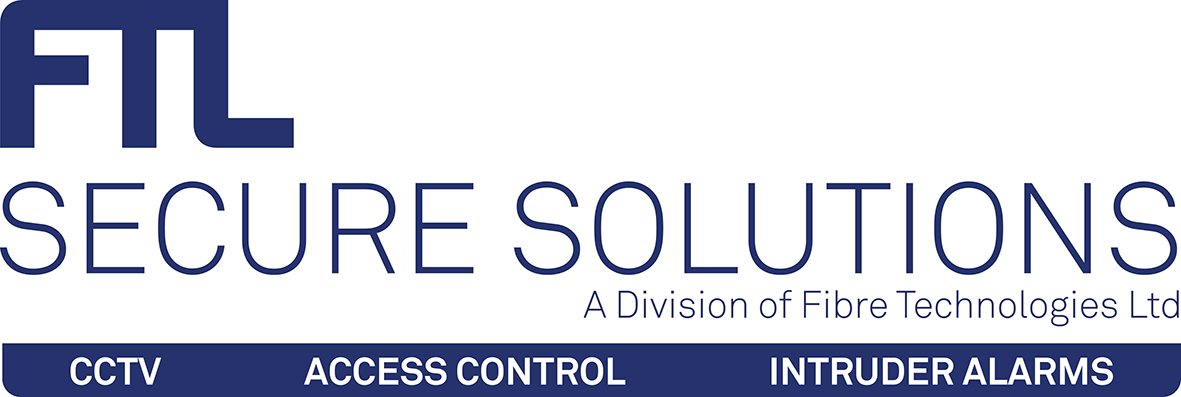Being Mobile with your Security and Access Control
|
Mobile devices – we all have them! I bet most people reading this will have a smartphone that rarely leaves their side. Be it checking your social media and emails, shopping/banking online or text messaging your family and friends (and possibly even, heaven forbid, actually making a phone call!) that device is akin to your keys and wallet when it comes to essential daily items. But what if your mobile device could become your definitive personal item? The likes of Apple Pay, Android Pay and PayPal are rapidly turning your mobile phone into a credible replacement for your wallet, but how about if it could reduce the numbers of keys you had to carry too? With access control and automated security, this is rapidly becoming a credible option! Mobile Authentication There is a lot of momentum in the Access Control market at the moment towards using mobiles devices for authentication, as opposed to cards or tokens. This idea started to become popular some three or four years ago and has grown with the proliferation of NFC (Near Field Communications) technology in mobile phones and smart devices. Interestingly, the choice by Apple to restrict the use of NFC to Apple Pay on its devices has had a profound effect on the implementation of NFC in other applications too. Whilst it’s fair to say that not everyone has an iPhone, it is an important segment of the market and means that other manufacturers are wary of how customers will be able to use any new technology. Consequently, there has been a much bigger focus on using Bluetooth Low Energy technology on mobile devices instead. Security providers such as HID Global, STid in France and Nedap in the Netherlands have concentrated on developing Bluetooth Low Energy readers and mobile credential applications. Enabling Mobile Credentials Not only do you need a reader that will successfully work with a mobile device, you also need to be sure you are securely delivering the credentials to that phone. This needs to be easily actioned, whilst ensuring it isn’t intercepted, stolen or appropriated fraudulently. On top of this, you need to ensure that the communications between the reader and the mobile device are encrypted too. This has been where much of the development focus has been over the last two/three years, putting these cloud-based credential delivery vehicles together – then, marrying them with the reader technology. Future Options The pace of development doesn’t stop there! There are efforts underway to produce security reader technology which can read QR codes as well. This will add another choice to NFC and Bluetooth Low Energy options – giving greater scope to pick a technology that suits the application, users and security operator best. Empowering People and Businesses Many organisations have been embracing the idea of individuals using their own devices for a number of years now (Bring Your Own Device – BYOD) – something which got a lot of press in recent years, but now seems commonplace to many of us. Laptops, tablets, mobile phones – these are all devices that people will happily use in the workplace, whether they belong to the business or the individual. This expectation has shaped the way we all view technology and the way we interact with it. Using your mobile device as a security credential is an obvious extension of these expectations. It seems that further evolution of this approach is inevitable and is likely to become even more prevalent in the future. Convenience and Security The crucial consideration is finding a balance between conveniences for the user and maintaining stringent levels of security. If you can ensure mobile devices have the necessary checks and balances in place, they become a very logical and highly suitable way of identifying authorised individuals. With the rapid evolution of technology and society’s attitudes towards it, all the signs are that using your mobile device for security will seem just as natural in the future as using a card or token is today! |

